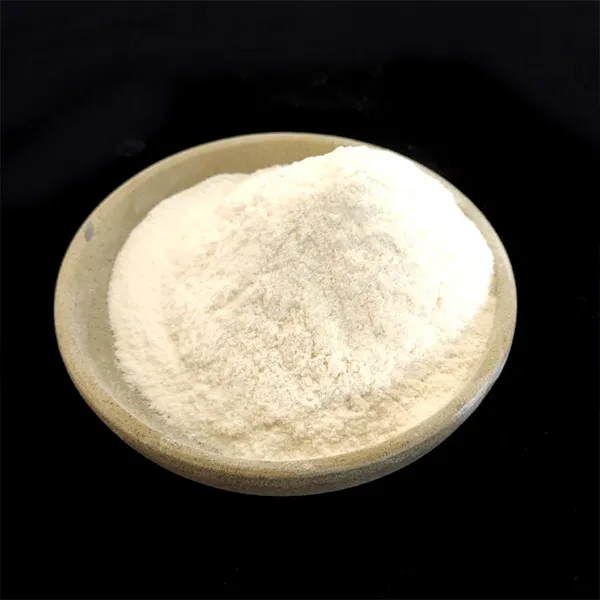Hydroxypropyl Methylcellulose (HPMC) An Overview
Hydroxypropyl Methylcellulose (HPMC) is a versatile and widely used cellulose ether derived from natural cellulose. It is synthesized by the modification of cellulose through a combination of methyl and hydroxypropyl groups, leading to a compound with unique properties. HPMC has become an essential ingredient across multiple industries, including pharmaceuticals, food, construction, and personal care, due to its thickening, binding, and film-forming capabilities.
Chemical Structure and Properties
HPMC's chemical formula can be represented as C_27H_46O_12. The degree of substitution (DS) determines the properties of HPMC, which varies based on the application. Generally, HPMC exhibits good solubility in water at various temperatures while remaining insoluble in organic solvents. This characteristic makes it an excellent thickening agent, stabilizer, and emulsifier in different formulations. HPMC is also known for its remarkable ability to form gels, which can be beneficial in controlled-release formulations in pharmaceutical applications.
Applications in the Pharmaceutical Industry
In the pharmaceutical sector, HPMC is a critical component in the formulation of drugs, particularly in the development of oral dosage forms. Its gel-forming properties allow for controlled release of active pharmaceutical ingredients (APIs), enhancing bioavailability and therapeutic efficacy. It is commonly used in tablet formulations as a binder and disintegrant, improving the mechanical strength of tablets while ensuring they dissolve appropriately in the gastrointestinal tract. Additionally, HPMC is utilized in the production of capsules and as a film-coating agent, offering protection to the core formulation while providing a barrier to moisture.
Role in the Food Industry
chemic hpmc hydroxypropyl methyl cellulos hpmc

In the food industry, HPMC serves various functions, such as a thickener, stabilizer, and emulsifier in sauces, dressings, and baked goods. It helps improve texture and mouthfeel, contributing to the overall sensory experience of food products. Moreover, HPMC is used as a fat replacer in low-fat and fat-free products, allowing manufacturers to create healthier alternatives without compromising taste or consistency. As a non-toxic and biodegradable compound, HPMC is approved for use in food applications by various regulatory agencies worldwide.
HPMC in Construction and Building Materials
The construction industry also benefits from the unique properties of HPMC. It is commonly incorporated into cement, tile adhesives, and dry-mix mortars to enhance workability, extend open time, and improve adhesion. The addition of HPMC helps to retain water in building materials, allowing for better curing and higher performance of finished products. As a result, it aids contractors and builders in achieving consistent results in various construction applications.
HPMC in Personal Care Products
In the realm of personal care, HPMC is frequently found in cosmetic formulations, lotions, and shampoos. It acts as a thickener and stabilizer, improving the texture and appearance of products. Its film-forming ability allows for the development of long-lasting formulations, while its non-toxic nature makes it suitable for sensitive skin applications.
Conclusion
Hydroxypropyl Methylcellulose (HPMC) is a remarkable cellulose derivative with a vast range of applications across multiple industries. Its unique properties, including water solubility, thickening capability, and film-forming ability, make it an invaluable ingredient in pharmaceuticals, food, construction, and personal care products. As research continues to explore new methods of synthesis and application, HPMC is likely to play an increasingly significant role in various formulations, further demonstrating its versatility and importance in modern industry.
-
Premium Detergent Grade HPMC Hydroxypropyl Methylcellulose: Superior Thickening & StabilityNewsAug.31,2025
-
HEC 100000 Hydroxyethylcellulose for Paint | Superior ThickeningNewsAug.30,2025
-
Wall Putty Rdp Powder Packaging DesignNewsAug.29,2025
-
Introduction to Hpmc Hydroxypropyl Methyl CellulosNewsAug.29,2025
-
Hpmc Industri Grade IntegrationNewsAug.29,2025
-
How to Choose the Right Construction AdhesiveNewsAug.29,2025




